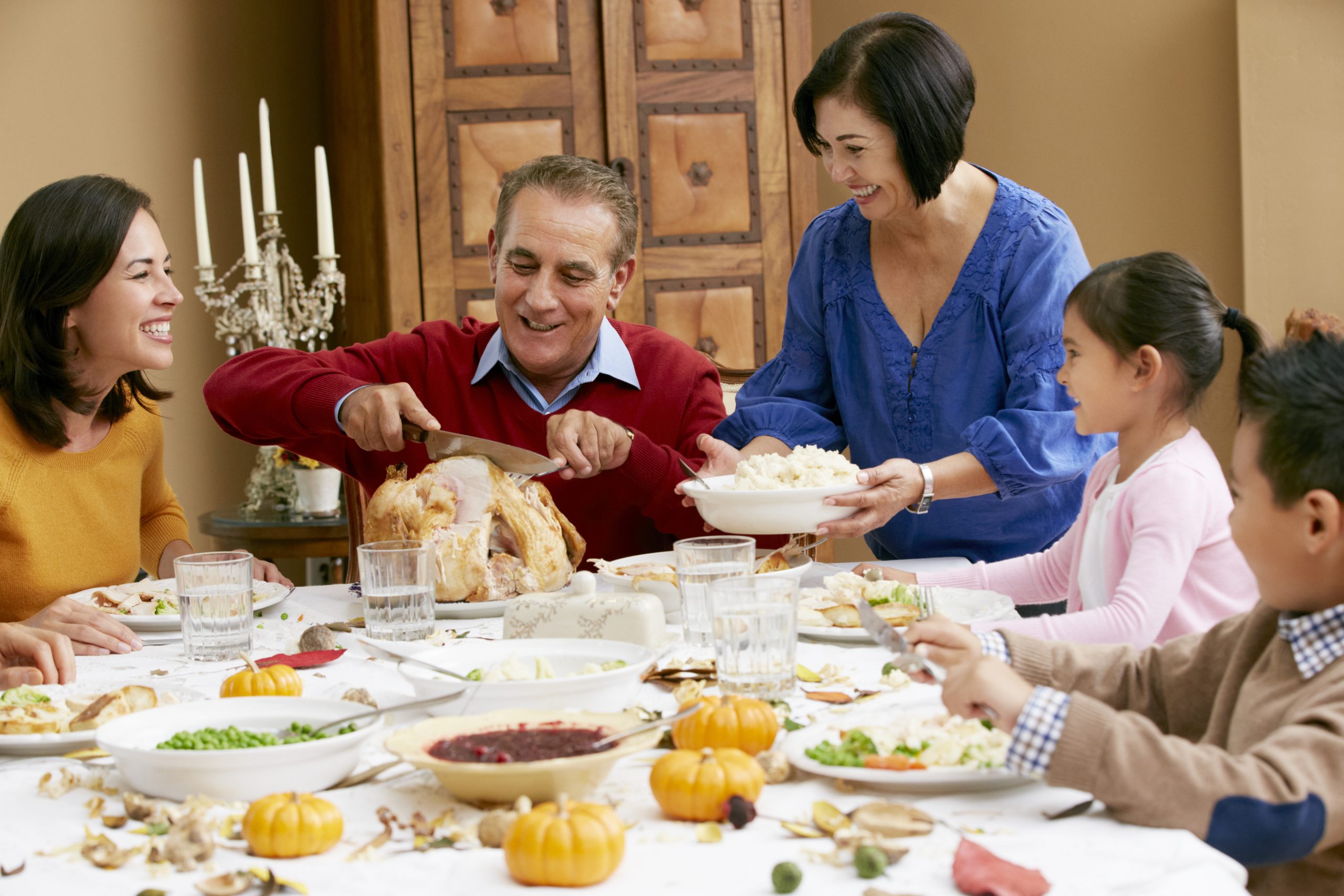Thanksgiving Day is a national holiday in the U.S., and this year Thanksgiving is celebrated on Thursday, November 23. The Thanksgiving celebration dates back to 1621, when the Plymouth colonists from England, known as Pilgrims, and the Native American Wampanoag people shared an autumn harvest feast that is acknowledged as one of the first Thanksgiving celebrations in the colonies.
For more than two centuries, days of thanksgiving were celebrated by individual colonies and states. It wasn’t until 1863, in the midst of the Civil War, that President Abraham Lincoln proclaimed a national Thanksgiving Day to be held each November. The holiday is not without controversy, however. Many Americans, including people of Native American ancestry, believe Thanksgiving celebrations mask the true history of oppression and bloodshed that underlies the relationship between European settlers and Native Americans.
A three-day harvest celebration held in Plymouth County, which today forms part of Massachusetts, in 1621 is considered the first Thanksgiving. The Pilgrims and local Wampanoag Indians gathered for a feast of wild turkeys, duck, geese, fish, corn, green vegetables, and dried fruits to celebrate the season’s abundant harvest.
The Pilgrims first arrived in Plymouth in 1620, but they did not bring enough food. Half of the colony died during the winter from 1620 to 1621, as it was too late in the year to plant crops. In the spring of 1621, the colonists were taught how to grow corn and vegetables by the local Wampanoag Indians. The colonists also learned how to cook corn, cranberries, and squash, along with hunting and fishing.
Thanksgiving has been celebrated nationally on and off since 1789, with a proclamation by President George Washington after a request by Congress. President Thomas Jefferson chose not to observe the holiday, and its celebration was intermittent until 1863.
With tensions high during the Civil War, the editor of the popular magazine Godey’s Lady’s Book, Sarah Josepha Hale, campaigned for a national Thanksgiving Day to promote unity. She finally won the support of President Lincoln, and on October 3, 1863, Lincoln proclaimed a national day of Thanksgiving to be celebrated on Thursday, November 26. The holiday was annually proclaimed by every President thereafter, and the date was the last Thursday in November (with a few exceptions). President Franklin D. Roosevelt attempted to extend the Christmas shopping season and boost the economy by moving the date back to the third Thursday in November, but not all states complied. In 1942, Roosevelt issued a proclamation designating the fourth Thursday in November as Thanksgiving Day.
American families celebrate Thanksgiving Day together as an annual tradition. The essential elements of a traditional Thanksgiving meal are turkey, ham, cranberry sauce, mashed potatoes and gravy, and pumpkin pie. Many gatherings include these items but also several more, and millions of Americans dine for days on ‘Thanksgiving leftovers.’ In warmer climates, families can celebrate the day with outdoor activities. Millions also gather around televisions to watch parades in the morning and professional football in the afternoon and evening. Thanksgiving also serves as the unofficial start of the Christmas shopping season, with the next day known as ‘Black Friday.’ While Black Friday is not an official national holiday, many businesses, schools, and state offices are closed on both Thanksgiving and Black Friday.
